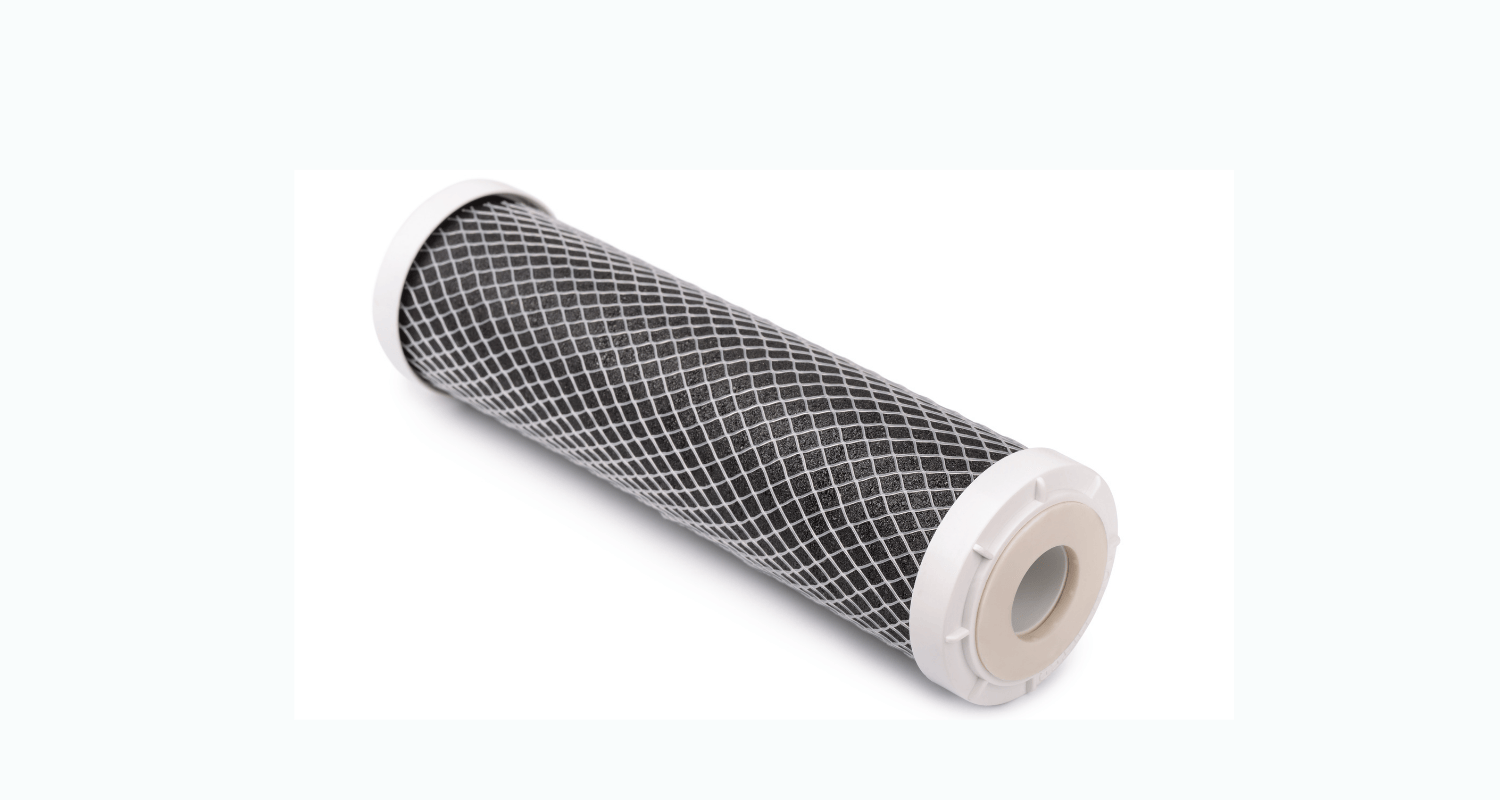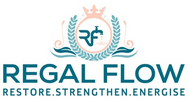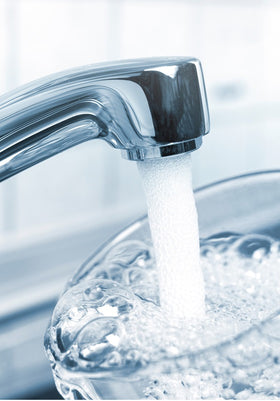
Reverse Osmosis vs. Carbon Filters for Well Water: Which is Best for Your Needs?
Choosing between Reverse Osmosis and Carbon Filters for well water is like picking between a smoothie blender and a coffee press—both brilliant, but for different jobs. Short answer? RO for deep-cleaning nasties; Carbon for tasty sips. Exploring Reverse Osmosis: Detailed Analyses and Practical Uses unpacks it all—curious about countertop dispensers and reverse osmosis? Let’s break it down, sip by sip.
Understanding the Challenges of Well Water
Owning a private well is a bit like having your own secret garden—except sometimes, the garden hose spits out more than just clear water. Well water doesn’t get the same routine treatment as mains water. That means what flows from your tap is entirely up to Mother Nature and whatever it picked up underground. One week it’s crystal clear. The next, it might smell like rotten eggs or leave orange stains in your sink.
Common Contaminants Found in Well Water (Sediment, Bacteria, Minerals, Iron, Sulphur, VOCs, Pesticides)
The usual suspects hiding in well water include:
-
Sand and sediment that scratch and clog pipes
-
Bacteria and viruses (the invisible villains)
-
Hard water minerals like calcium and magnesium
-
Iron and manganese that stain everything orange
-
Sulphur that smells like bad eggs
-
VOCs (volatile organic compounds) from pesticides and fuels
-
Pesticides and herbicides from nearby farms
The Importance of Well Water Testing
Here’s the truth—if you don’t test, you’re just guessing. Think of water testing like taking your car for an MOT. You might think everything’s fine until the check engine light flashes. A comprehensive test tells you exactly what’s swimming around in your water and helps you choose the right filter to tackle it.
How Reverse Osmosis Works for Well Water Filtration
If filtration systems were superhero squads, Reverse Osmosis (RO) would be the one wearing the biggest cape. It uses pressure to push water through a super-fine membrane. Only water molecules squeeze through—everything else gets booted out.
Effective Removal of a Wide Range of Contaminants (Including Minerals, Bacteria, Some Chemicals)
RO is a powerhouse for stripping out:
-
Heavy metals like lead and arsenic
-
Bacteria, viruses, and parasites
-
Dissolved salts and minerals
-
Pesticides and industrial chemicals
In short—if your well water is a bit of a wild west, RO tames it.
The Need for Pre-Filtration with Well Water (Sediment Removal)
But RO systems are fussy. If sediment or sand hits the delicate membrane, it’s game over. That’s why most setups use a pre-filter to catch the chunky bits first. It’s like brushing your shoes off before walking on a white carpet.
Potential for Low pH Water After RO and Remediation
RO strips out minerals, which can leave water slightly acidic. Acidic water might taste flat or corrode your pipes over time. Many systems add a remineralisation filter at the end to bump pH back up and improve taste.
How Carbon Filters Work for Well Water Filtration
Carbon filters are the smooth talkers of the filtration world—they don’t remove everything, but they make water smell and taste fantastic. They use adsorption (not absorption—it’s different) to trap certain chemicals and impurities on the surface of carbon particles.
Adsorption of Certain Contaminants (Chlorine, Taste, Odour, VOCs)
Carbon filters shine when it comes to:
-
Removing chlorine
-
Fixing bad tastes and odours
-
Capturing VOCs and some organic chemicals
Your tea and coffee will thank you.
Different Types of Carbon Filters (Activated Carbon, Catalytic Carbon)
There’s more than one type of carbon filter:
-
Activated Carbon: Great for general cleaning and improving taste
-
Catalytic Carbon: Best for breaking down tougher stuff like chloramines and sulphur
Limited Removal of Dissolved Solids and Heavy Metals
Here’s where carbon filters show their limits. They don’t remove dissolved salts, heavy metals, bacteria, or viruses. So, if your well water has serious contaminants, carbon alone won’t cut it.
Key Differences and Comparison: RO vs. Carbon for Well Water
Let’s size them up side by side…
Contaminant Removal Capabilities (Broad vs. Specific)
-
RO: Broad removal—everything from metals and salts to bacteria
-
Carbon: Specific—taste, odour, chlorine, VOCs
Impact on TDS and Minerals
-
RO: Lowers Total Dissolved Solids (TDS), removes minerals
-
Carbon: Leaves minerals intact—natural-tasting water stays
Maintenance Requirements and Costs
-
RO: More parts (membrane + filters), higher costs, more maintenance
-
Carbon: Simpler (just filter changes), lower costs
Water Waste (RO systems)
Older RO systems waste about 2–4 litres of water for every litre filtered.
Newer models and Countertop Dispensers with Reverse Osmosis have improved waste ratios.
Carbon filters? No water waste at all.
Effectiveness Against Bacteria and Viruses
-
RO: Yes—it filters bacteria and viruses
-
Carbon: No—not effective alone (unless paired with UV)
Choosing the Right Filtration System for Your Well Water
This is where your water test results steal the spotlight.
Analysing Your Well Water Test Results
If your water test shows:
-
Heavy metals, bacteria, salts → You need RO
-
Taste, odours, chlorine issues → A carbon filter will do
-
A mix of both → A combination system is your best friend
Considering Your Specific Contaminant Concerns
It’s a balancing act.
Do you want clean water for health (RO)? Or water that simply tastes better (carbon)?
Standalone Carbon Filters vs. Multi-Stage RO Systems
-
Carbon filter: Perfect for mostly safe water with mild taste issues
-
RO system: Ideal for serious contaminant removal (usually paired with carbon filters anyway)
When a Combination of Both is the Best Solution (e.g., Sediment filter + Carbon filter + RO)
For the ultimate home setup:
Sediment filter → Removes grit
Carbon filter → Improves taste and smell
RO membrane → Purifies deeply
Remineraliser (optional) → Boosts pH and flavour
This gives you crisp, safe, great-tasting water straight from your tap.
Conclusion: Selecting the Ideal Filtration for Your Well
Here’s the bottom line—test first, filter smart.
-
Go RO if your water’s packed with nasties
-
Stick with carbon if it’s mostly about taste and odour
-
Combine both if you want total peace of mind
Your well water deserves clarity—and so do you.
More Reverse Osmosis info we think you'll love
Is Reverse Osmosis Water Chlorine Free?
Is Reverse Osmosis Water the Best?
Is Reverse Osmosis Good for Well Water?
Can Reverse Osmosis Remove Lead?
Can Reverse Osmosis Remove PFAS?
Can Reverse Osmosis Remove Salt?
Is a Reverse Osmosis System Needed for Window Cleaning?
Does Reverse Osmosis Remove Viruses from Water? Understanding the Filtration Process
How do I Maintain my Reverse Osmosis System for Longevity and Performance?
Is Reverse Osmosis Water Good for Coffee? Exploring Water Quality for the Perfect Brew



Leave a comment